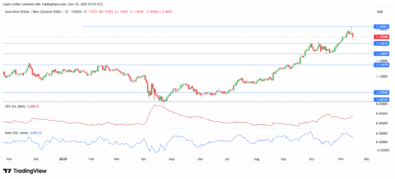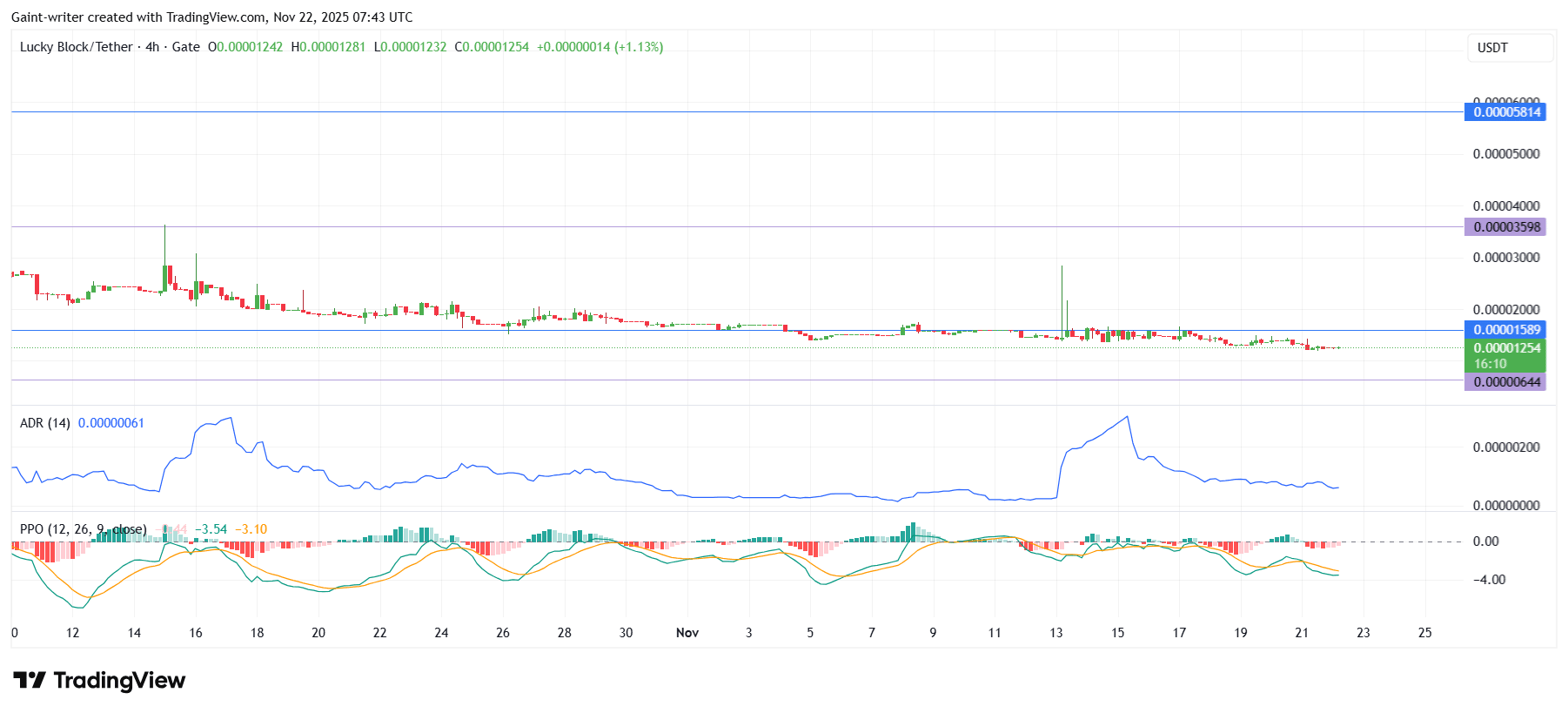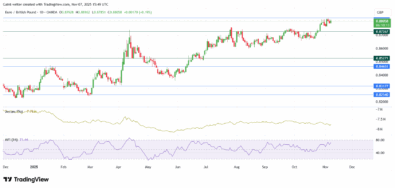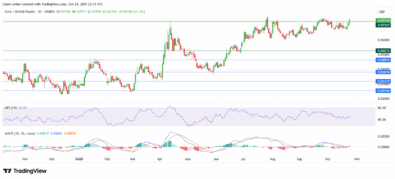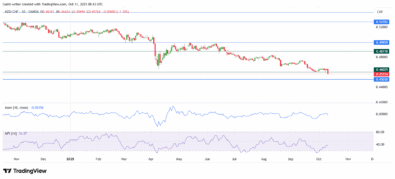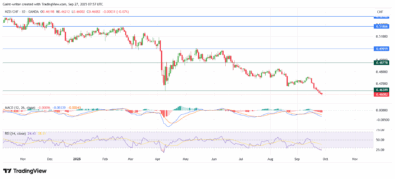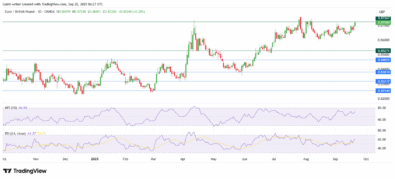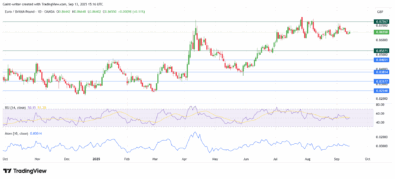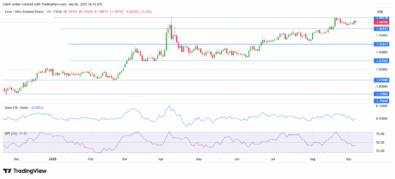The information on the learn2.trade website and inside our Telegram group is intended for educational purposes and is not to be construed as investment advice. Trading the financial markets carries a high level of risk and may not be suitable for all investors. Before trading, you should carefully consider your investment objective, experience, and risk appetite. Only trade with money you are prepared to lose. Like any investment, there is a possibility that you could sustain losses of some or all of your investment whilst trading. You should seek independent advice before trading if you have any doubts. Past performance in the markets is not a reliable indicator of future performance.
WARNING: The content on this site should not be considered investment advice and we are not authorised to provide investment advice. Nothing on this website is an endorsement or recommendation of a particular trading strategy or investment decision. The information on this website is general in nature so you must consider the information in light of your objectives, financial situation and needs.
Crypto promotions on this site do not comply with the UK Financial Promotions Regime and is not intended for UK consumers.
Investing is speculative. When investing your capital is at risk. This site is not intended for use in jurisdictions in which the trading or investments described are prohibited and should only be used by such persons and in such ways as are legally permitted. Your investment may not qualify for investor protection in your country or state of residence, so please conduct your own due diligence or obtain advice where necessary. This website is free for you to use but we may receive a commission from the companies we feature on this site.
Learn2.trade takes no responsibility for loss incurred as a result of the content provided inside of our Telegram groups. By signing up as a member you acknowledge that we are not providing financial advice and that you are making the decision on the trades you place in the markets. We have no knowledge of the level of money you are.
The learn2.trade website uses cookies in order to provide you with the best experience. By visiting our website with your browser set to allow cookies, or by accepting our cookie policy notification you consent to our privacy policy, which details our cookie policy.
Learn 2 Trade Team never contact you directly and never ask for payment. We communicate with our clients via [email protected]. We have only two free Telegram channels that can be found on the site. All the VIP groups are available after purchasing a subscription. If you receive any messages from anyone, please report them and do not make any payments. This is not Learn 2 Trade Team.
Copyright © 2025 learn2.trade
